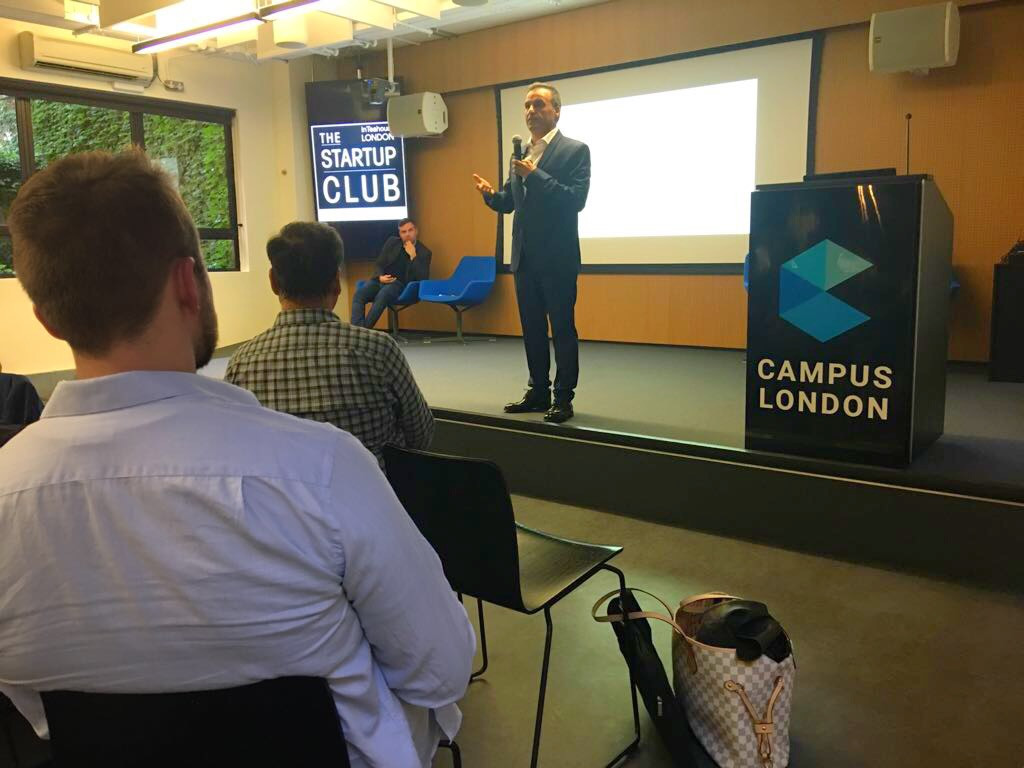 Ai in Digital age of Businesses, AI-Powered Tranformation of Businesses, Dr Farhad Reyazat
Ai in Digital age of Businesses, AI-Powered Tranformation of Businesses, Dr Farhad Reyazat
 0 comment
0 comment
 30 Jul, 2025
30 Jul, 2025

In today’s fast-evolving digital landscape, the integration of Generative AI isn’t just an option—it is a necessity for organizations seeking to remain relevant, resilient, and competitive. The true power of Generative AI lies not in isolated experimentation, but in strategic, organization-wide implementation that creates tangible business value.
Generative AI systems, such as advanced language models and creative image generators, are transforming industries by automating complex tasks, enhancing creative processes, and enabling entirely new business models. From smarter deal analysis in finance to personalized marketing in retail and bespoke product design in manufacturing, the applications are nearly limitless.
For leaders, the challenge is to harness these capabilities securely and ethically, ensuring that AI is not just a shiny tool but a driver of sustainable advantage, innovation, and long-term growth.
Taking inspiration from Dr. Farhad Reyazat’s “Strategic Integration of Generative AI: A Practical Playbook for Business Transformation,” here are the essential steps for organizations embarking on this journey:
Begin with a clear vision of how Generative AI can solve real business challenges or open new opportunities.
Prioritize use cases that can deliver measurable impact—such as automating repetitive analysis, accelerating R&D, or delivering hyper-personalized customer experiences.
Success requires partnership between technical and business leaders.
Invest in upskilling staff, fostering AI literacy across the organization, and appointing “AI champions” in each business unit.
Develop clear policies on data privacy, ethics, and model transparency.
Regularly audit AI systems for compliance and unintended bias, involving legal/compliance teams early.
Pilot Generative AI in contained projects (like document generation or marketing content) before rolling out to mission-critical workflows.
Capture lessons learned and iterate rapidly for broader adoption.
Establish KPIs—such as process efficiency, ROI, compliance, or customer satisfaction—to track AI impact.
Continuously refine models and business processes, keeping human expertise in the decision loop.
Integrating Generative AI is a journey requiring strategic vision, organizational agility, and a commitment to responsible innovation. Companies that follow a structured, practical approach will unlock not just efficiency, but entirely new ways to create value, grow, and lead in their industries.
“Generative AI, when strategically integrated, is not merely a technological upgrade—it is a catalyst for holistic business transformation.” – Dr. Farhad Reyazat
0 comment